Małgorzata Oleszkiewicz-Peralba has spent the last four decades conducting research that finds the unifying thread of the human spirit among cultures across the globe.
Growing up in both Poland and Uruguay and being fluent in seven languages set the stage for Małgorzata Oleszkiewicz-Peralba’s groundbreaking work exposing connections among people across the world. Oleszkiewicz-Peralba, professor in the Department of Modern Languages in the UTSA College of Liberal and Fine Arts, has spent the last 36 years publishing scholarship on ways that rituals, artifacts, symbols, myths and beliefs create a unifying thread that ties together the human spirit across generations and geographies.
She has just published her fourth book entitled “Mythology and Symbolism of Eurasia and Indigenous Americas: Manifestations in Artifacts and Rituals,” where she builds upon her decades of observations of the ways of the people she meets along her journey’s path.
Sombrilla Magazine sat down with her to discuss how she builds relationships in her research.
How did you arrive at your unique work making connections across cultures?
I have always had a lot of fascination with different cultures because I was exposed to them at a very early age. As a student, I was learning in different countries – in Poland, Uruguay and in New York.
And later, when I became faculty at UTSA and when I started to publish books here in 1995, I realized that these books and articles are conciliating all of the places and the knowledge that I have, but also the different parts of myself – the Latin American part and the Eastern European part.
In my book “Fierce Feminine Divinities of Eurasia and Latin America,” I wrote about Poland and other Slavic countries, India, Brazil, Mexico and Guatemala. It was like a circle that I started with different parts, and it came together when I was writing these books. The latest three of them are a trilogy. I wasn’t planning to do it like that. It just came out in this way. I found that I couldn’t write about only one thing. Two of the books are now being translated and will be published in Turkish and in Russian.
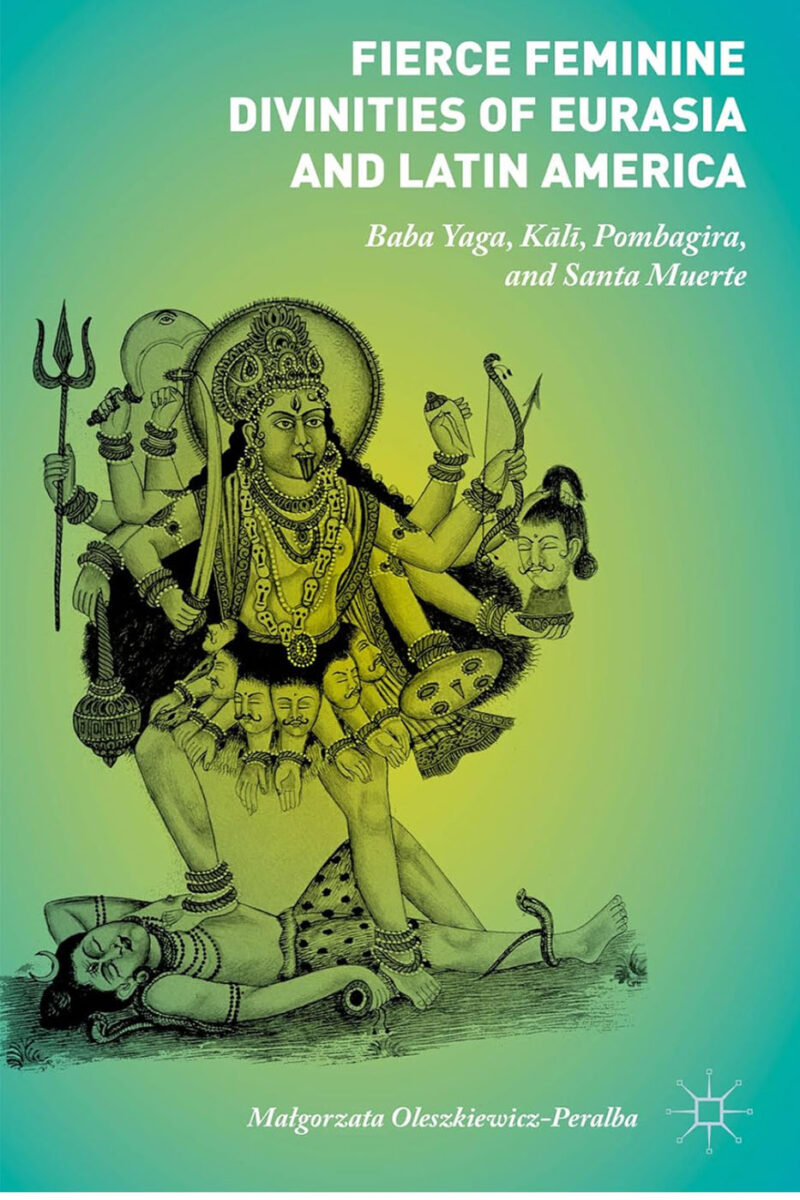
After I spent three years in Peru and saw the people’s spectacles and rituals, I realized they were completely syncretic. The religious celebrations like the fiestas patronales are the same as the ones I’ve seen in Poland, but they have a lot of indigenous cultures mixed in. I’ve discovered that the Polish culture is very similar to the Latin American. For example, I realized that the most fervent festivals in Latin America were devoted to the Dark Virgins/Mothers of God, and it was the same in Poland, Ukraine, and Russia.
I only discovered this by being a Latin Americanist – conducting field work, studying it, and making the connections. The books I have published have brought together my whole life.
WATCH THIS VIDEO: Małgorzata Oleszkiewicz-Peralba offers guidance to students on doing the things that inspire you.
How would you describe the legacy of your 29 years of scholarship at UTSA?
I’m showing how all of the cultures across the earth are connected and they have so much in common—rituals, mythology, inconography—all of it goes back to the ancient ideas. Somehow there is a subconscious connection that without any contact, in the different parts of the world, people create similar symbols and myths.
What I’m demonstrating, especially in my last book, “Mythology and Symbolism of Eurasia and Indigenous Americas,” is that we are all connected. I focus on the things that have been submerged. All of my books center on the feminine in cultures that are indigenous to places like Africa and the Americas and how they have strong similarities to cultures in Eurasia. I’m not showing how different they are—just the opposite—I’m showing how similar they are in many ways.
For example, in my book “The Black Madonna in Latin America and Europe,” I compared the function of the Virgin of Guadalupe and the Black Madonna of Częstochowa. Both have an origin that is pre-Christian as mother goddesses. They are dark and they are the protectors of the people, especially the dispossessed. They are the fighters for justice, freedom and independence.
Poland was partitioned for 150 years, and the only thing that united the people was their religion, and especially the Black Madonna of Częstochowa. This is similar to the Virgin of Guadalupe in Mexico, who unites the different ethnicities and cultures across Mexico. And there are many, many other examples of these kinds of connections.
I only discovered this by being a Latin Americanist – conducting field work, studying it, and making the connections. The books I have published have brought together my whole life.
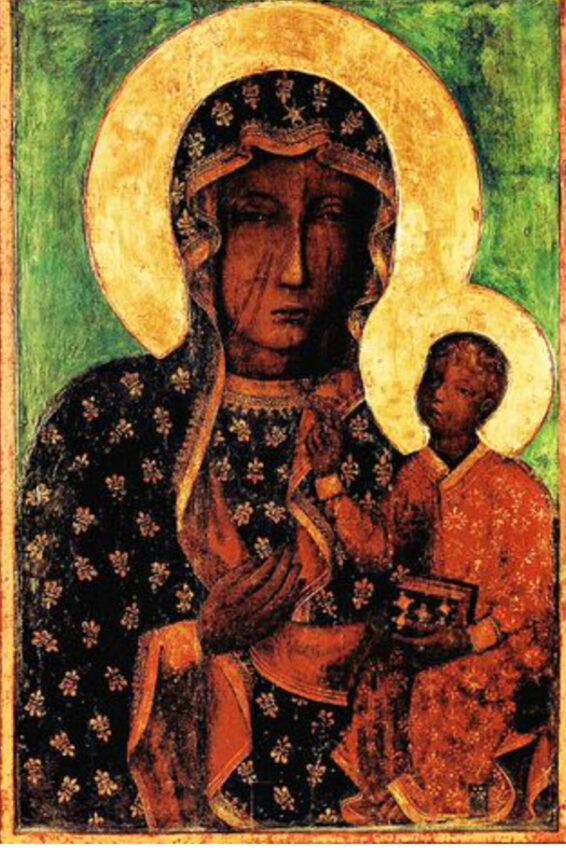
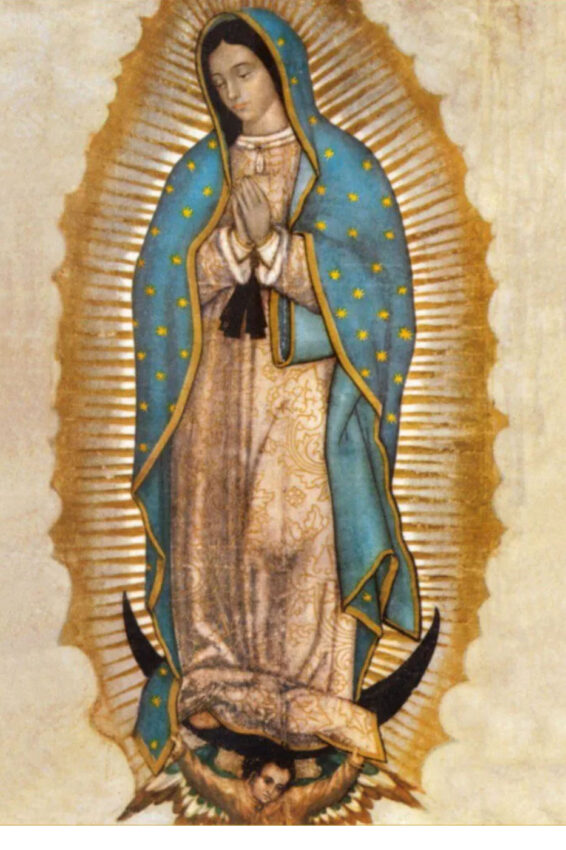
How do you build trust and connect with the people in your research?
One time I was investigating the syncretic Romani Black Madonna Sara-La-Kâli at an annual festival in Southern France. Roma people come from all around the world to the festival, but they mostly do not trust anyone from the outside. When I tried to connect with them during the festival, they were talking in general terms. But on the last day, I went into the church that has a subterranean crypt where people go and pray to Sara-La-Kâli. I saw some women there, and I spoke to one of them. And I began to ask personal questions: Why do you worship her? And why in this particular place? She was so open to me. She told me so many things heart-to-heart, because I was talking to her in private person-to-person — not as a journalist or an anthropologist. To do these things I need to know their native language, and I talked to her in French. I was also talking about Poland and Eastern Europe, which was good because there are many Roma communities there. So that experience was a great example of how I am able to connect and get the fuller story.
Another example was when I went to Peru. At a Latin American theater event in New York City, there was a Peruvian theater group that I just fell in love with. I went to Peru to experience this, and I ended up staying for three years. There, the indigenous communities really opened their arms to me. First of all, to be accepted you have to have someone to introduce you, and I did. I was interested in performances of La Danza de la Conquista, which were dramatized ritualized dances that showed the battles of all of the stages of when the Spaniards came. To see them, you have to go on foot to a very remote location. It takes days and days to get there. They were so proud and surprised that I came from so far, so they did a special presentation of the dances for me.
Also in northeastern Brazil, I went to the communities of the Candomblé — an African religion — in Salvador de Bahia. After getting to know some people, I was able to go to the original island where there is a village that was settled by Africans. Today, they go there for two weeks at a time for special rituals. They are very psychic, and the Priestess said, ‘I can see that you are going to use this for good.’ They really accepted me, and they trusted me. I spoke Portuguese to them and interviewed everyone in this community. It was a day and night affair. They were very open and allowed me to take photos and film thereL
Where are some of the best places to discover Indigenous arts and artifacts?
Since the 90s I have gone to Oaxaca and Chiapas in Mexico with student programs and did research while I was there. I also went to Puebla and Mexico City. The markets are a wonderful place for sources — both in Ukraine and in Mexico and Guatemala. All over the world, the popular markets are a symbol and a microcosm of the universe. You can see all of the things there, and you can talk to the people. Along with going to the museums, I talk with the people who make and sell their products. Because they usually weave it right there, and they are selling it. I interviewed the woman in the photo and she was very knowledgeable about her products. But you don’t do it as an interview. You do it as a human being, as a friend, hopefully not as a tourist, but that is difficult because their native language is not Spanish, and they have a different accent when speaking it. Of course, I’m not one of them, but you have to enter into some kind of relationship. She began telling me all about it.
With trust comes responsibility. What responsibility do you feel?
Trust is the key to learning from the people. To earn their trust, I have to show them that I know something about them and that I care. I do think that people can read your intentions. In my last book, I warn about appropriation of certain traditional products for gain. I think I have a responsibility to make people understand the value of these cultures and their great power, and wisdom –and to make people respect them.
I do it because I’m passionate about it.
What impact do you see that having in the students’ work?
I have found so much receptivity in my students. The students are fascinated and adore the information that I open them to. So many students have never heard much about indigenous philosophy and cultures beyond the superficial, even though they come from Mexico and other Latin American countries.
For many people this is a revelation, and they say that this changed their lives. They start writing research papers and Master’s theses exploring their identity and their own roots and how this is all connected. They start to explore the world, and that’s the most gratifying to me.
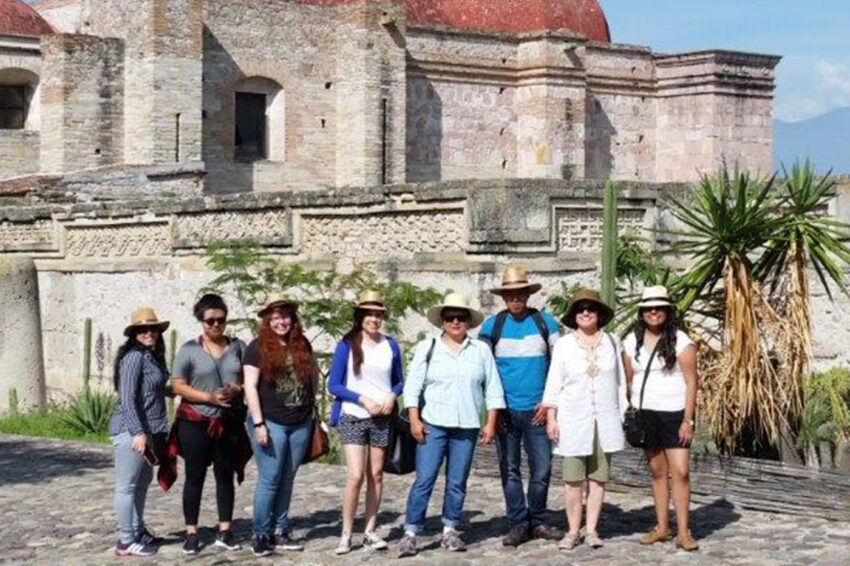
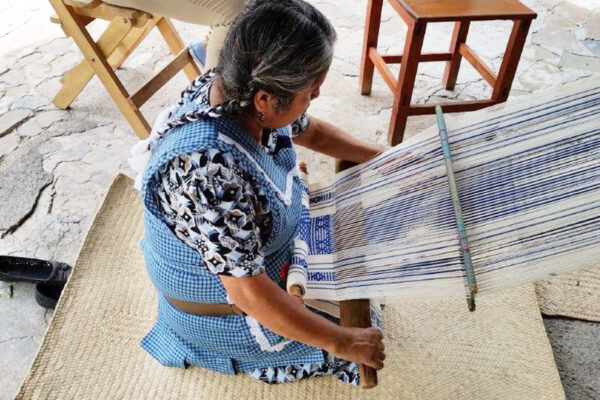
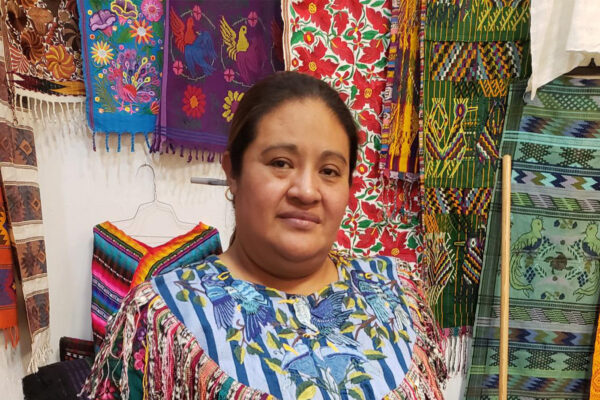
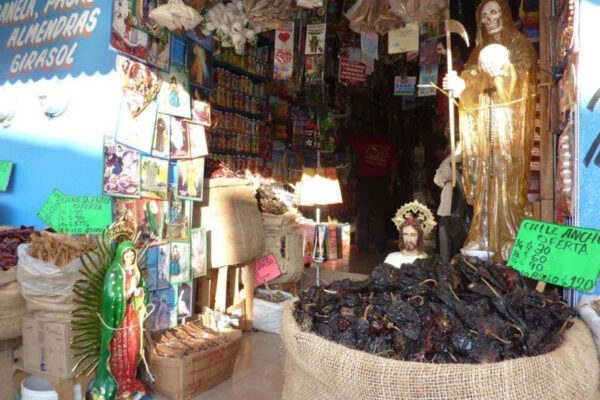
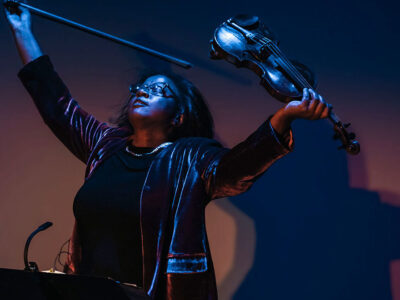
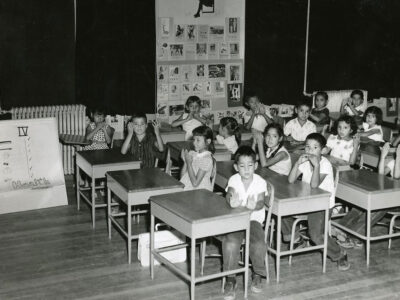
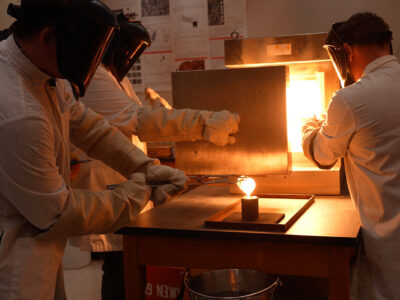
1 Comment
Felicidades profesora, e impresionante las investigaciones que ha hecho!